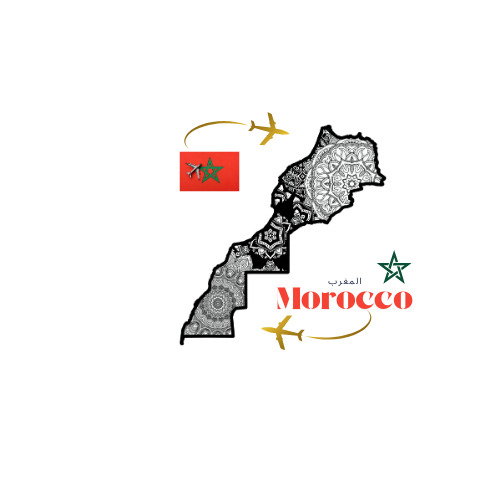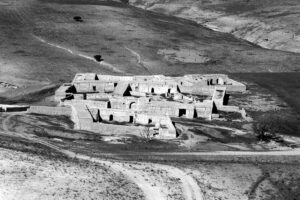 Morocco’s history is a vibrant tapestry woven from indigenous Amazigh (Berber) roots, Arab-Islamic influences, and centuries of diverse cultural exchanges. Strategically located at the crossroads of Africa and Europe, Morocco has been a meeting point of civilizations for thousands of years.
Morocco’s history is a vibrant tapestry woven from indigenous Amazigh (Berber) roots, Arab-Islamic influences, and centuries of diverse cultural exchanges. Strategically located at the crossroads of Africa and Europe, Morocco has been a meeting point of civilizations for thousands of years.
Ancient Origins:
Morocco’s earliest inhabitants were the Amazigh people, who have lived in North Africa for millennia. Their traditions, languages, and artistry still shape the cultural soul of the country today.
Roman & Islamic Influence:
In the 1st century BCE, parts of Morocco were ruled by the Romans, with cities like Volubilis showcasing impressive ruins. By the 7th century, Islam was introduced, transforming Morocco’s identity and architecture.
The Great Dynasties:
From the Almoravids and Almohads to the Saadians and Alaouites (the current royal family), Morocco has seen powerful Islamic dynasties build majestic cities like Marrakech, Fes, and Rabat—rich in palaces, mosques, and knowledge.
Colonial Era & Independence:
In the early 20th century, Morocco was colonized by France and Spain. Despite foreign control, Moroccan identity remained strong. The country gained its independence in 1956, led by King Mohammed V, and has since grown into a modern nation that honors its deep-rooted past.
Today:
Modern Morocco is a dynamic blend of tradition and progress, where souks (markets), mosques, and mint tea rituals coexist with art festivals, innovation, and vibrant urban life.
Related Posts
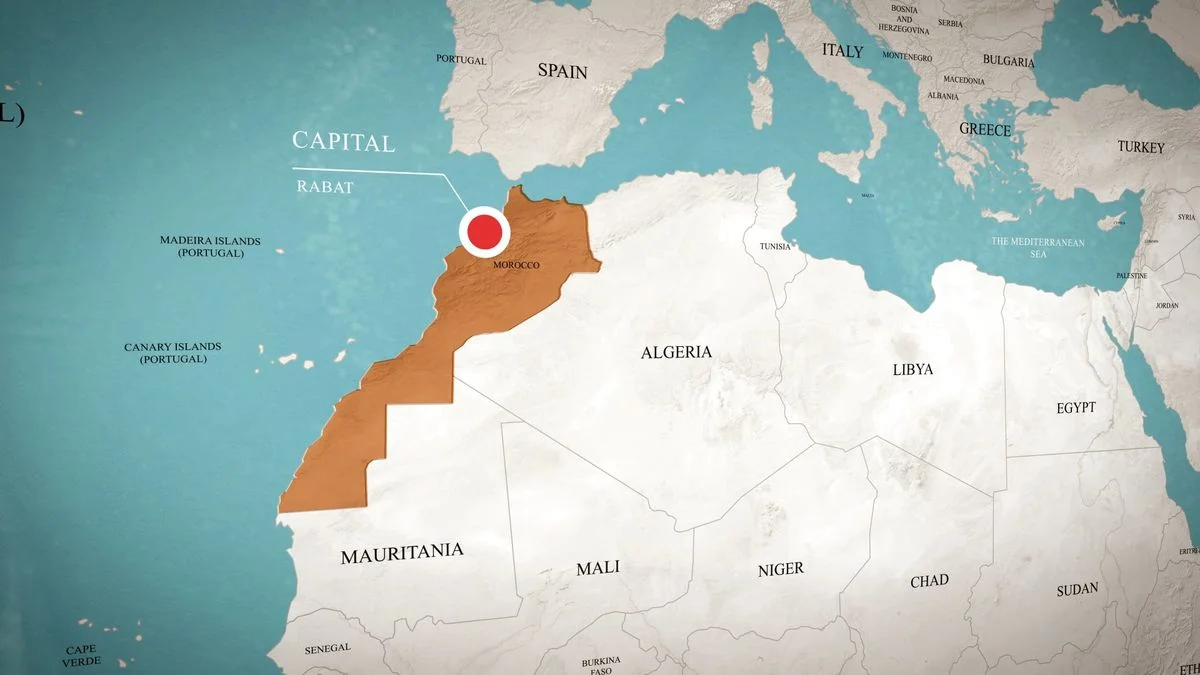
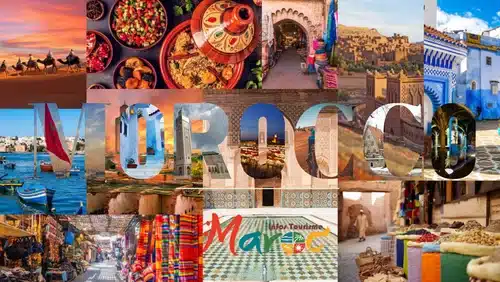
Welcome to « Explore Morocco with Me »
Hello and welcome! I'm so excited to start this journey…
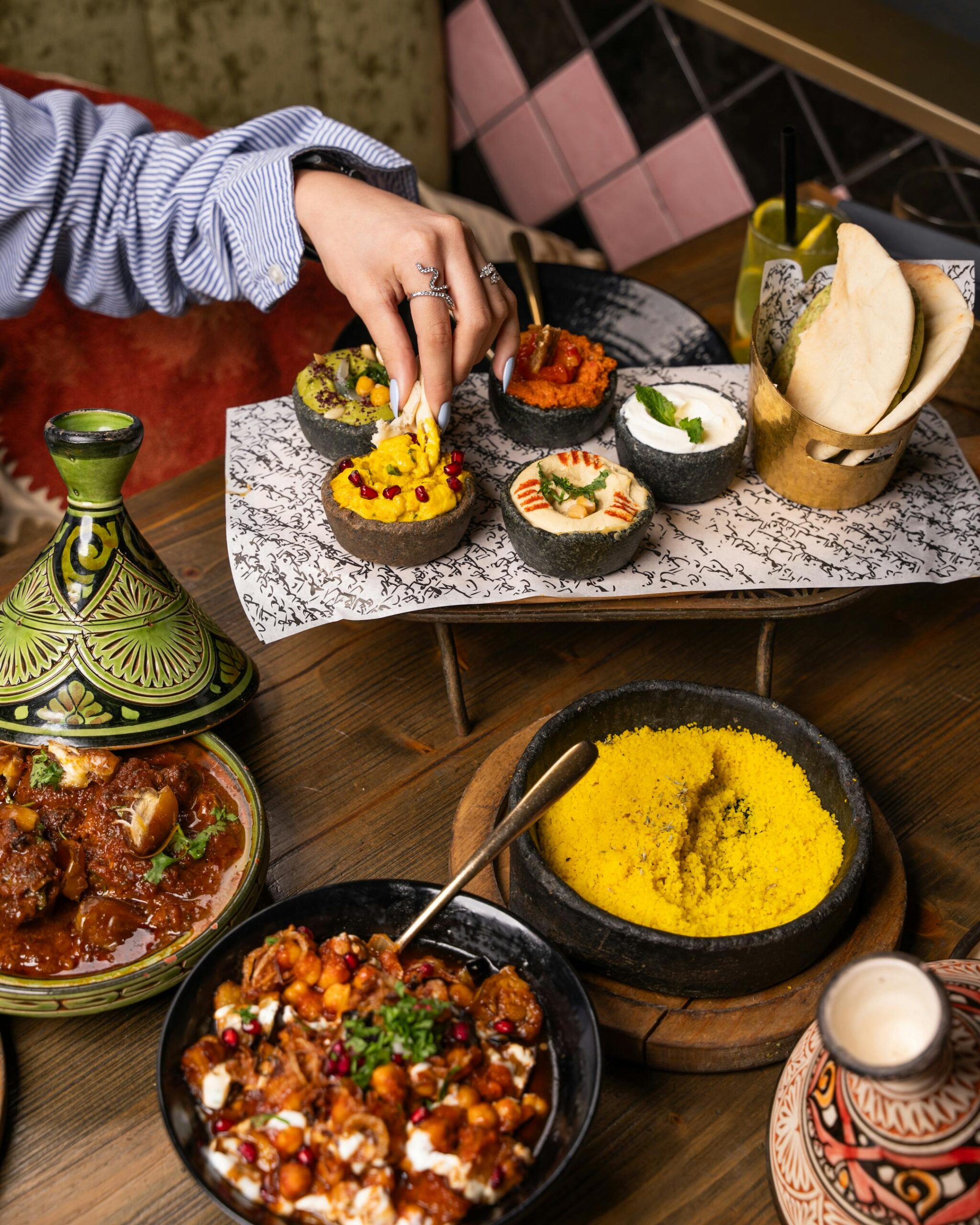
THE FLAVORS OF MOROCCO – A JOURNEY THROUGH FOOD & TRADITION
Tagine: More Than Just a Dish Named after the conical…
